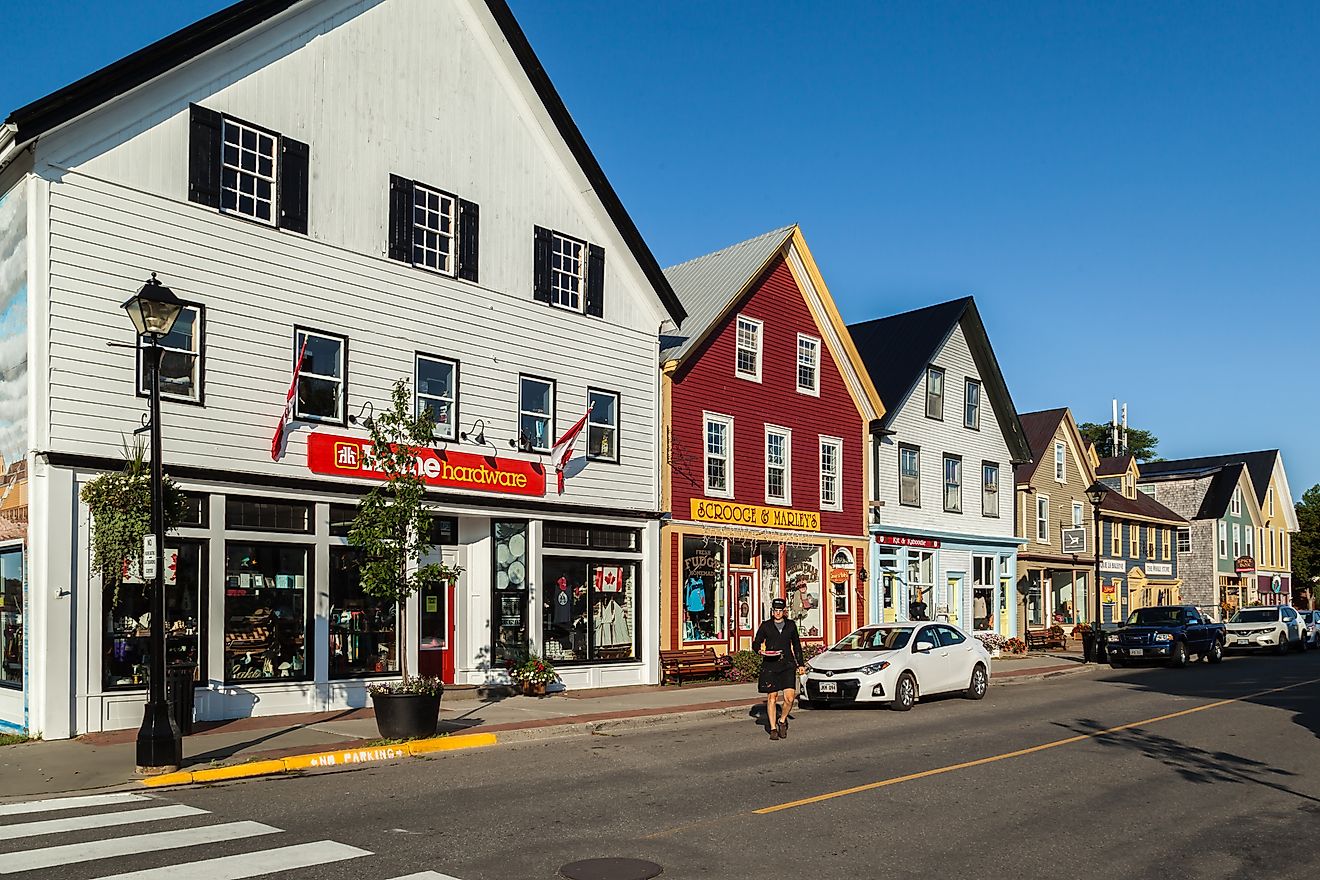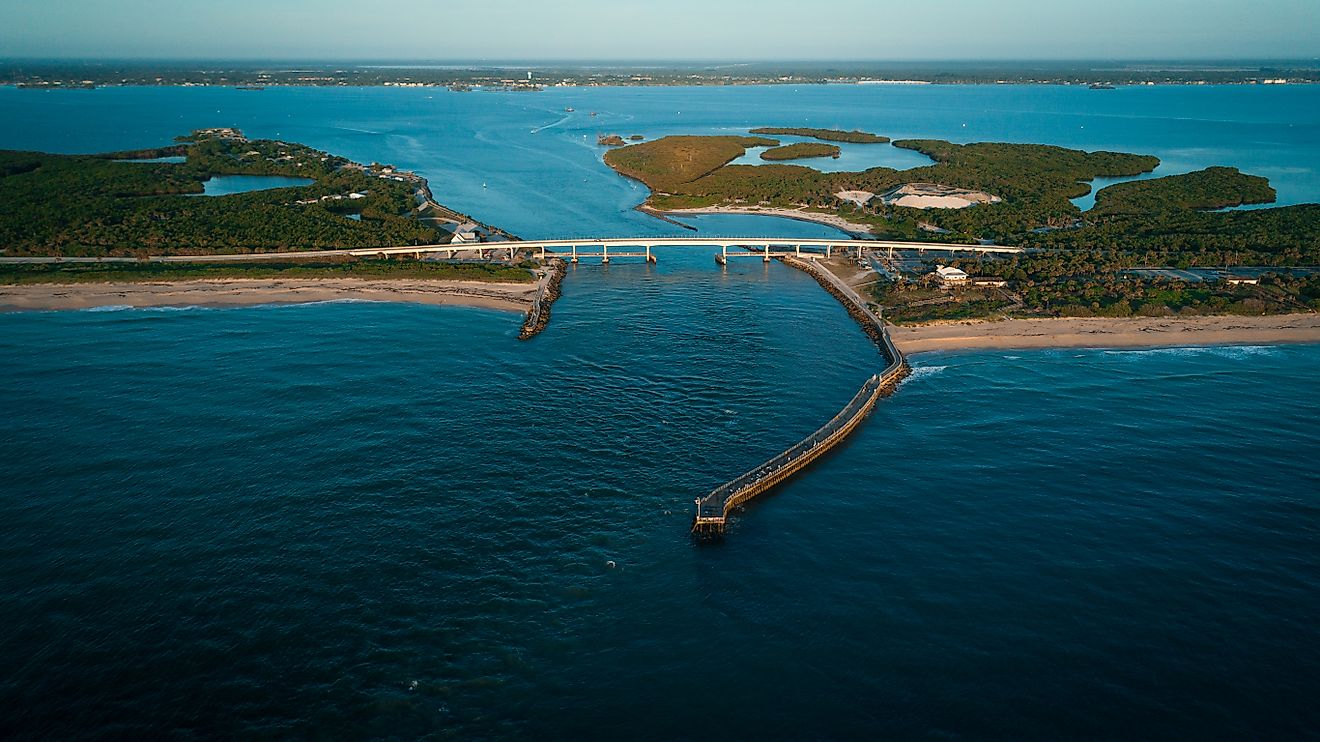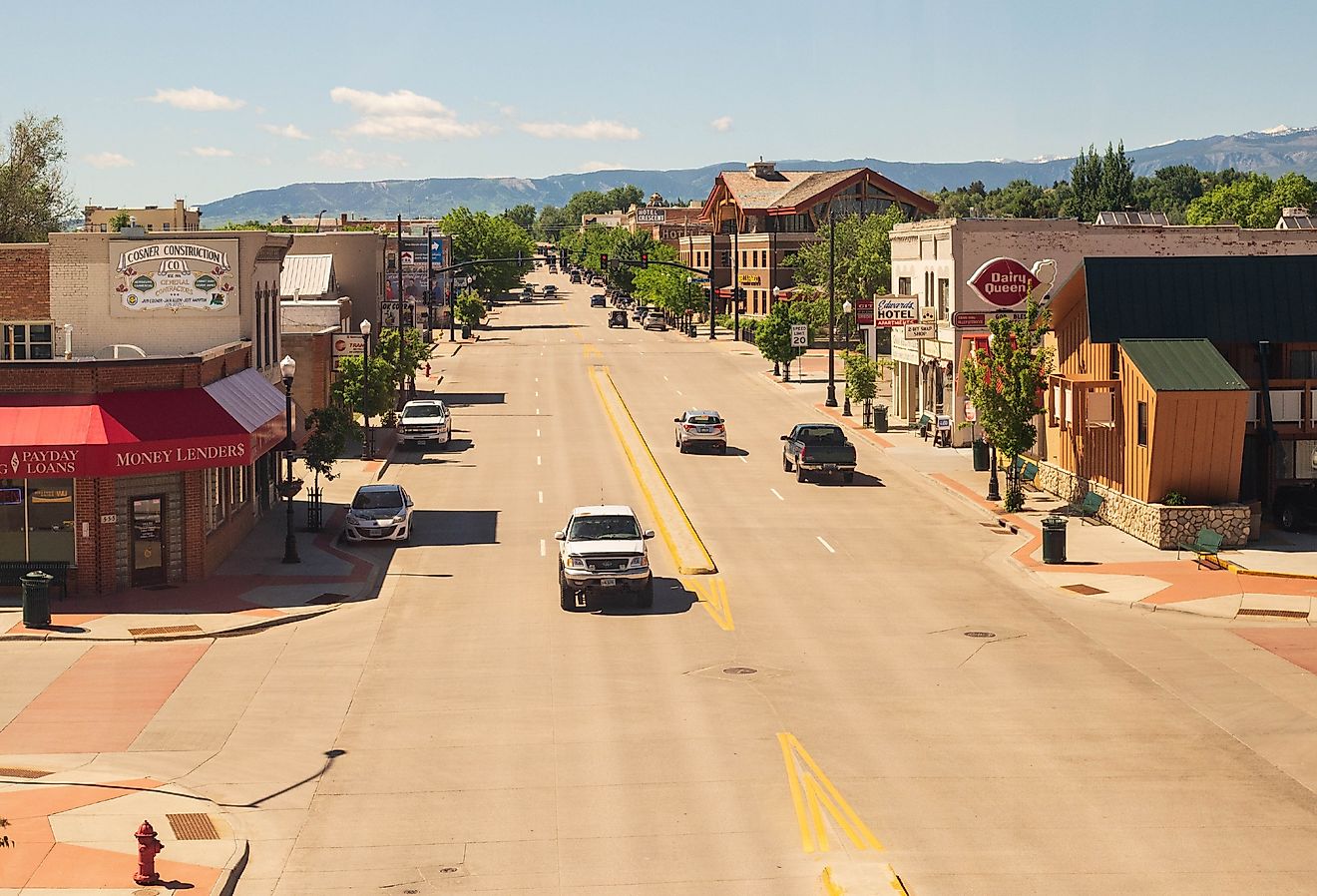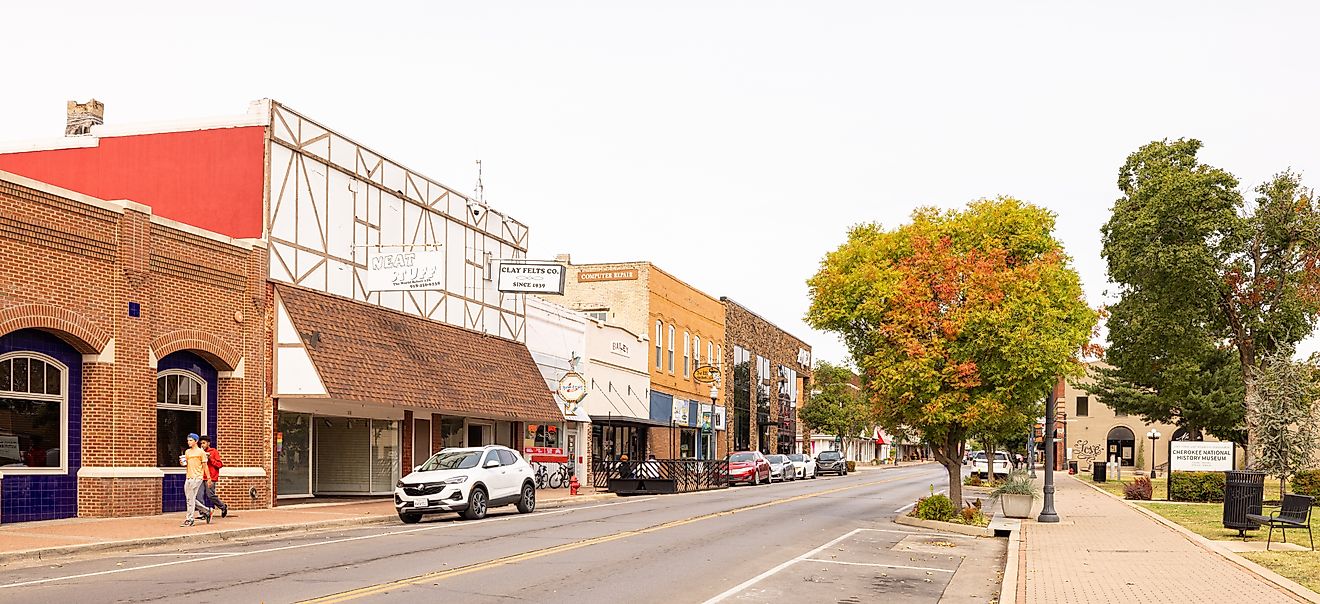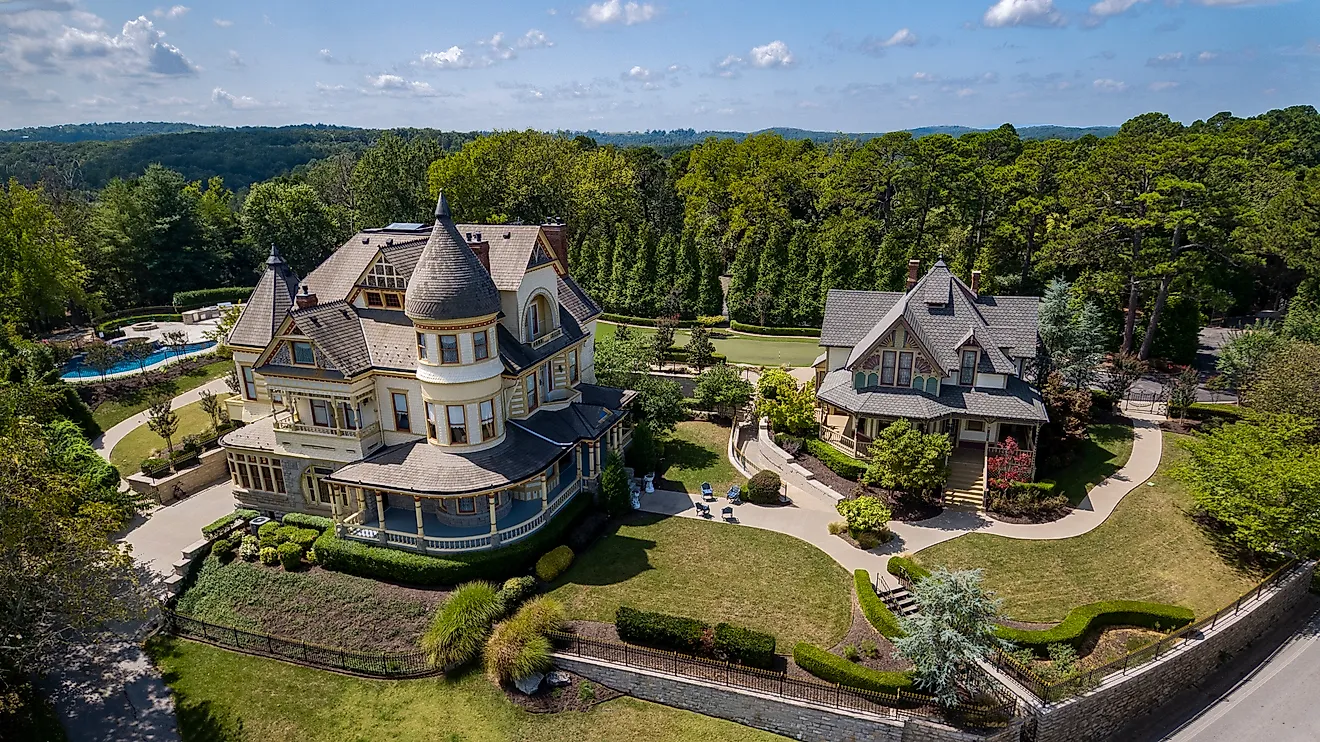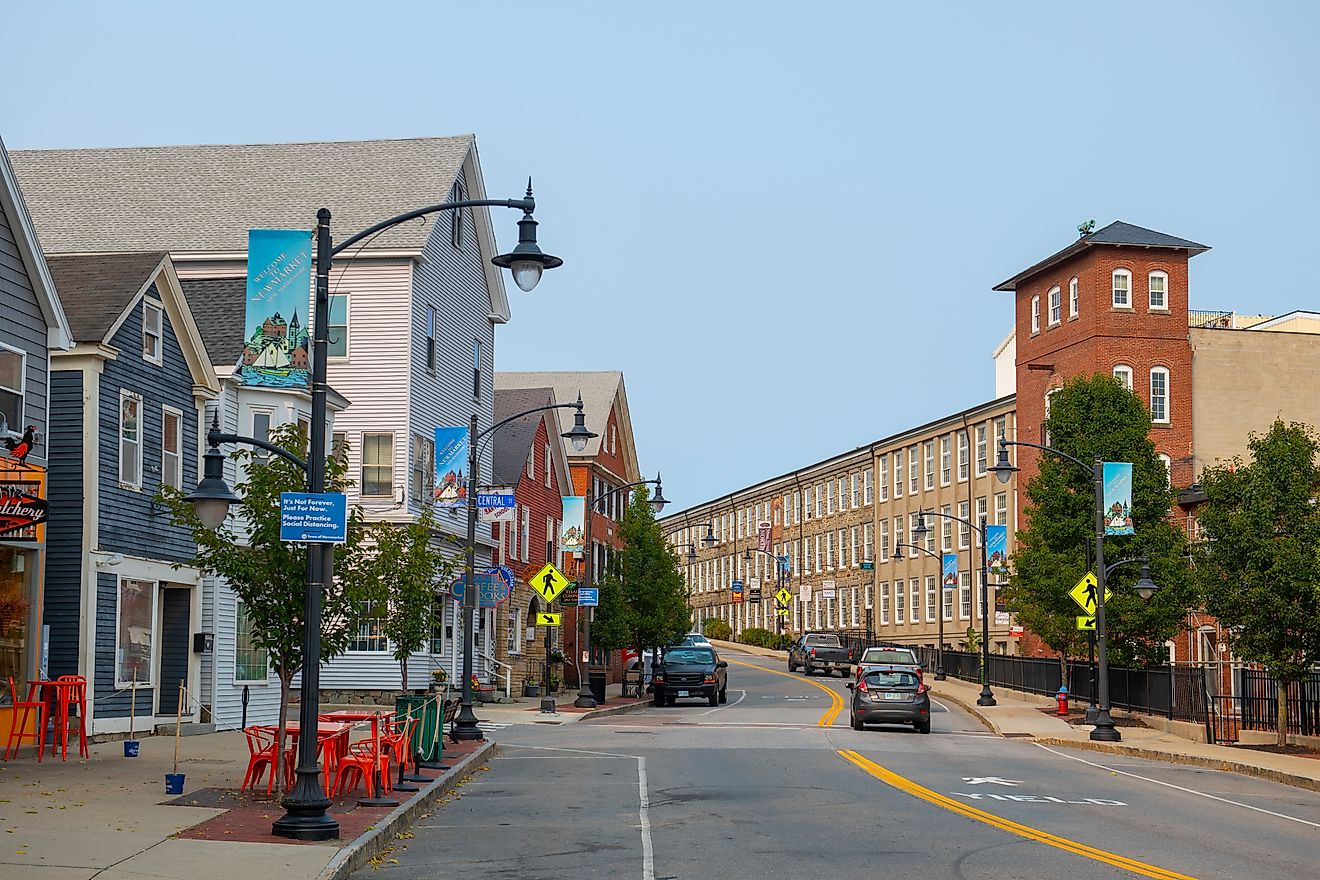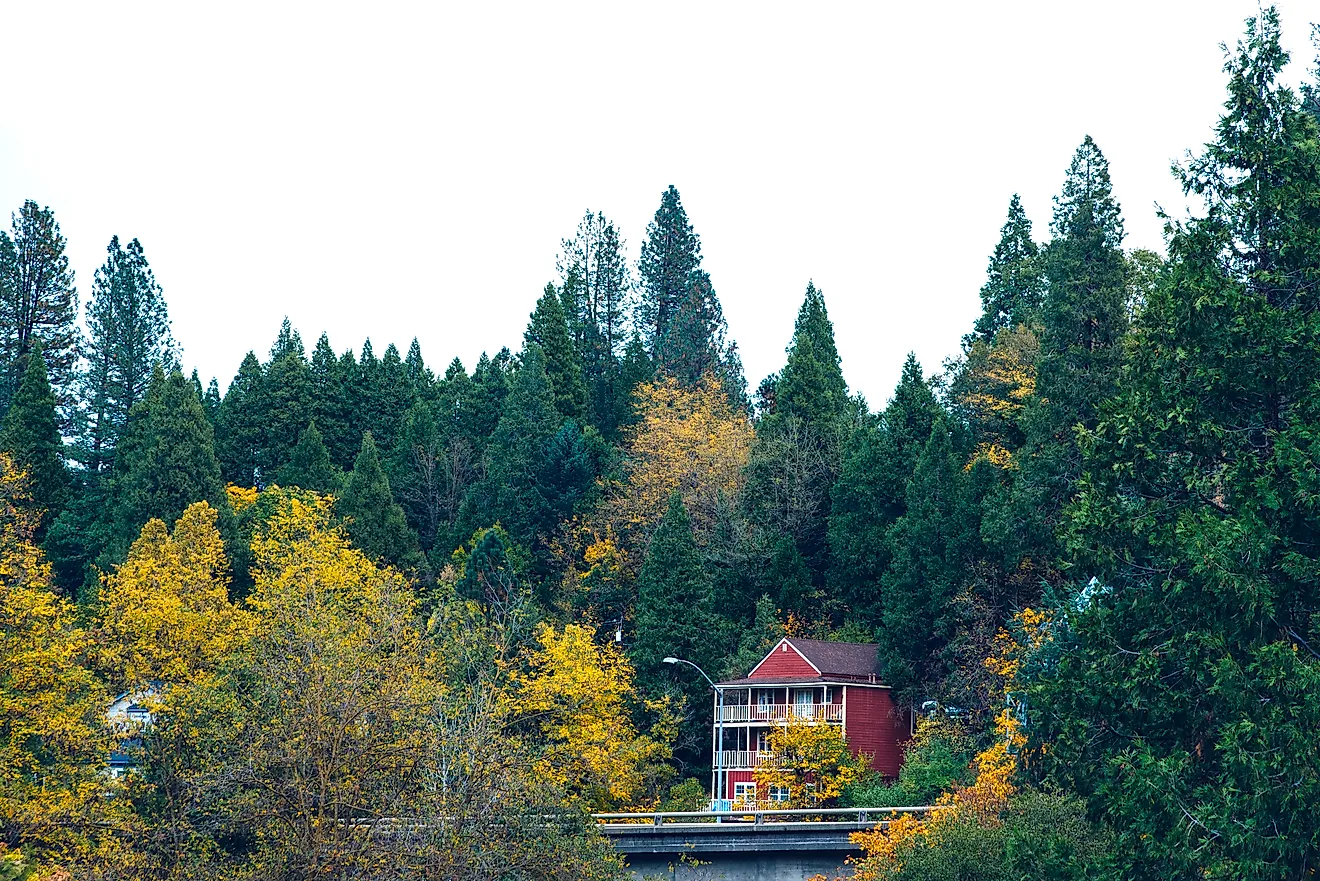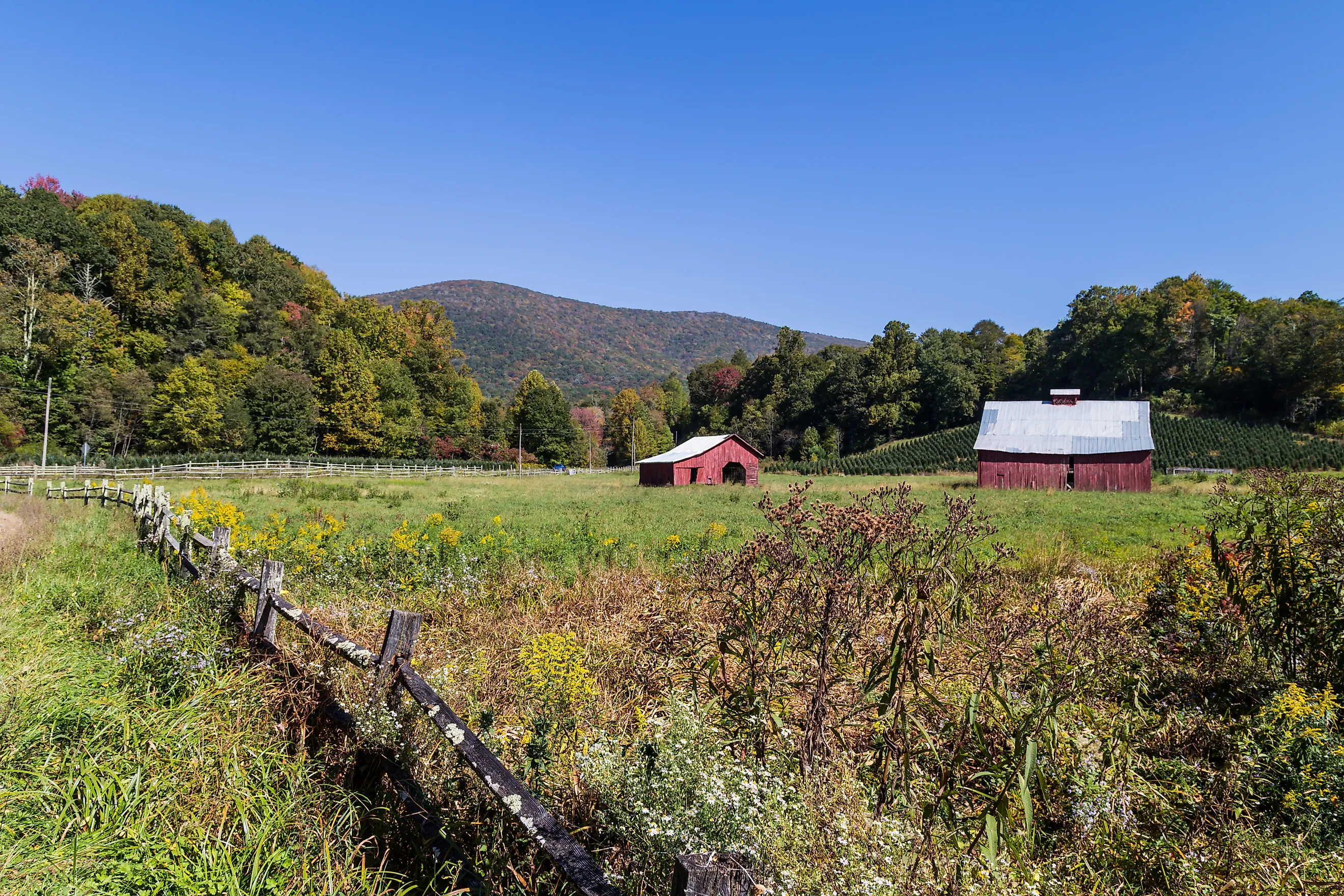
6 Wallet-Friendly Small Towns To Retire In Virginia
Virginia is for lovers, that we all know, but these days, Virginia is a retirement destination for those seeking a different sort of place to settle down. The state is one of the original 13 colonies and, as such, is steeped in history. It also offers a great deal in terms of nature, with varied landscapes and climates. If you’re hoping to escape the crowds, there are plenty of small towns that will let you live in comfort for surprisingly affordable prices. These are six small towns in Virginia that are ideal for retirement, offering a budget-friendly lifestyle.
Abingdon
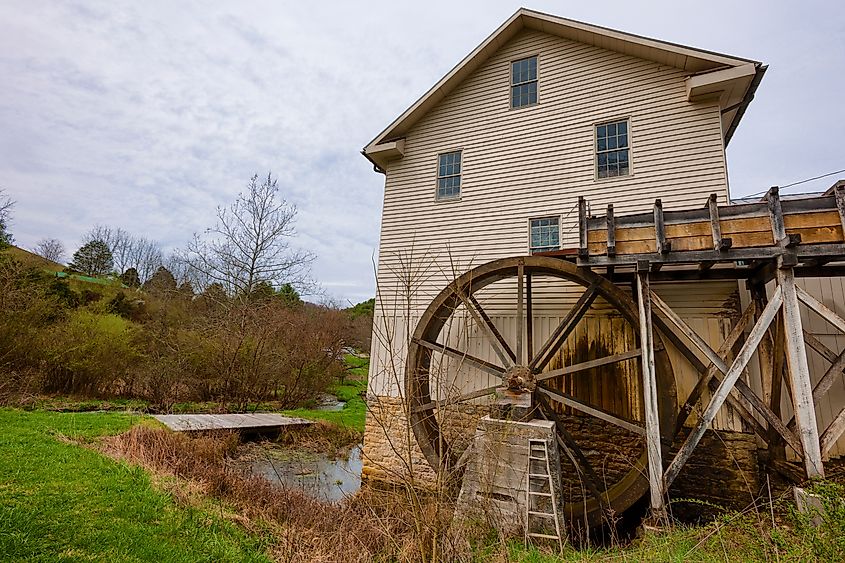
The town of Abingdon was founded in the same year the United States declared independence, and Abingdon will celebrate its semiquincentennial in 2026. This should give you an idea of the history to be found. With a population of 8,316, Abingdon is a small town, but it offers retirees plenty. The housing average is well below the state median at $153,700. Located in the western part of the state, Abingdon is situated in the Great Appalachian Valley, one of the major landform features of eastern North America and a central component of the Appalachian Mountains. For retirees seeking outdoor pursuits, the Virginia Creeper Trail, located just outside town, offers 34 miles of former rail lines converted into hiking and biking trails. The mountains and natural areas surrounding Abingdon offer a range of outdoor activities, including kayaking, horseback riding, and rock climbing. The Appalachian Trail runs through the area, and nearby is Grayson Highlands State Park, home to its famed wild ponies.

For activities in town, Abingdon has much to offer. Tumbling Creek Cider Company focuses on hard ciders, while Katbird’s Wine & Gourmet offers an elegant setting for wine, craft beer, and food. Abingdon played a key role in the Revolutionary War, with the local Overmountain Men gathered at The Abingdon Muster Grounds in 1780 to march 330 miles to Kings Mountain, South Carolina, to defeat the British. Abingdon’s Appalachian and Colonial roots are evident throughout the town in restored buildings such as the Fields-Penn House and the Holston Mountain Artisans.
Bridgewater
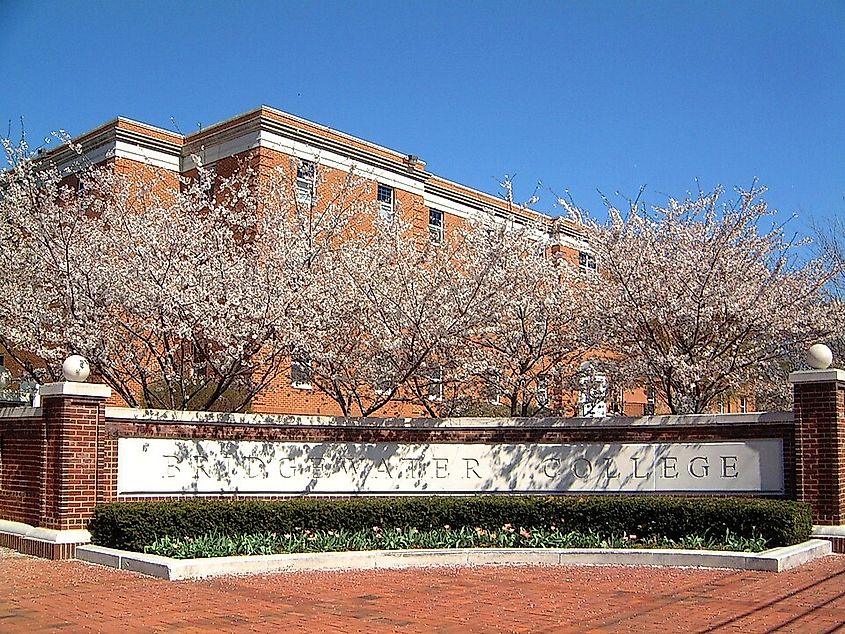
The area around Bridgewater was first settled on the North River in 1746, with the town being founded in 1835. Home to Bridgewater College, founded in 1880, the college’s enrollment of 1,800 demonstrates the significant role collegial life plays in this town of 6,596. This makes for a lively place to settle, but for retirees, it is also budget-friendly, with median housing prices of $386,500. Situated near the North Fork of the Shenandoah River, Bridgewater offers a variety of outdoor activities year-round. There are hiking trails throughout the countryside, plus picturesque scenic drives through the area’s farms and orchards. For mountain biking and cycling, there’s Narrowback Mountain Trail, and fishing in Lake Shenandoah and the Shenandoah River. For local history, Bridgewater is home to the Bridgewater Historical Society.

In the town, there are plenty of shops, cafes, bars, and restaurants, including The Cracked Pillar, located in The Barbee House, built in 1818, and one of Bridgewater’s oldest buildings. Both Henry Clay and Andrew Jackson stayed in the house, which was converted into a restaurant in 2015 after over a century of residential use. The Sugar & Bean Café and Baking Company has both food and desserts. An annual festival, Summer's End Celebration, takes place on Labor Day.
Chincoteague

The town of Chincoteague, with a population of 3,344, is situated on Chincoteague Island and serves as the gateway to Chincoteague National Wildlife Refuge on Assateague Island, renowned for its wild Chincoteague Ponies. With its spectacular natural beauty, Chincoteague is also very affordable for retirees, with average housing costs at $$390,000. Living on an island provides a different and unique lifestyle. Although the island and surrounding waters see heavy tourism traffic in the summer, the charms of small-town life can nevertheless be found here. Virginia’s only resort island, Chincoteague, maintains its serene atmosphere, with no high rises, limited traffic, and plenty of boardwalks for getting around on foot.
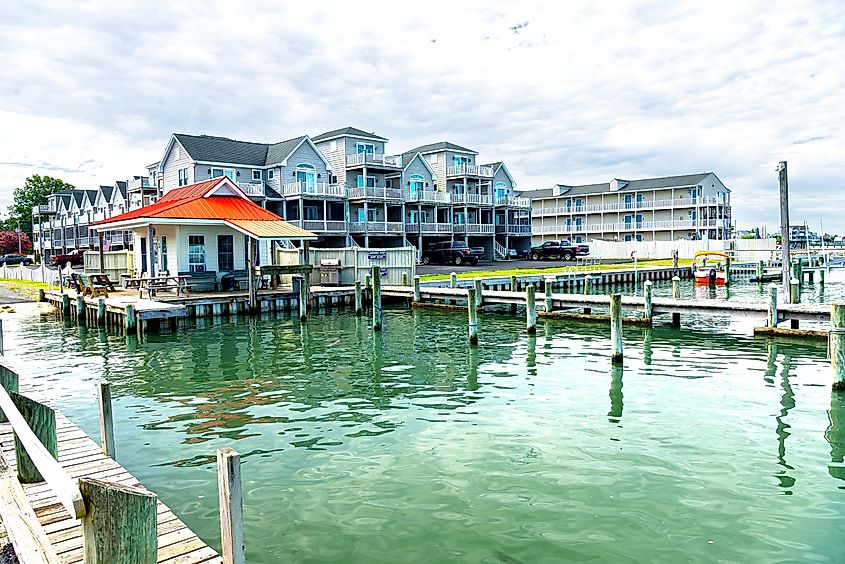
Chincoteague’s biggest attraction is the Chincoteague Pony Swim, an annual event in July. The area’s wild horses swim across the Assateague Channel when the tide is low, so the young ponies born during spring are safe from deep water and strong currents. As an island lying between the Atlantic Ocean and Chincoteague Bay, Chincoteague offers extensive outdoor water activities, including boat and kayak tours, and the area is famed for its bird watching. Seafood is a central component of local cuisine, and the town hosts the Chincoteague Seafood Festival in May and the Chincoteague Oyster Festival in October. Seafood restaurants also abound, such as Gary Howard’s Seafood and The Village Restaurant, as well as Whiteraven’s Nest Farmers Market.
Colonial Beach
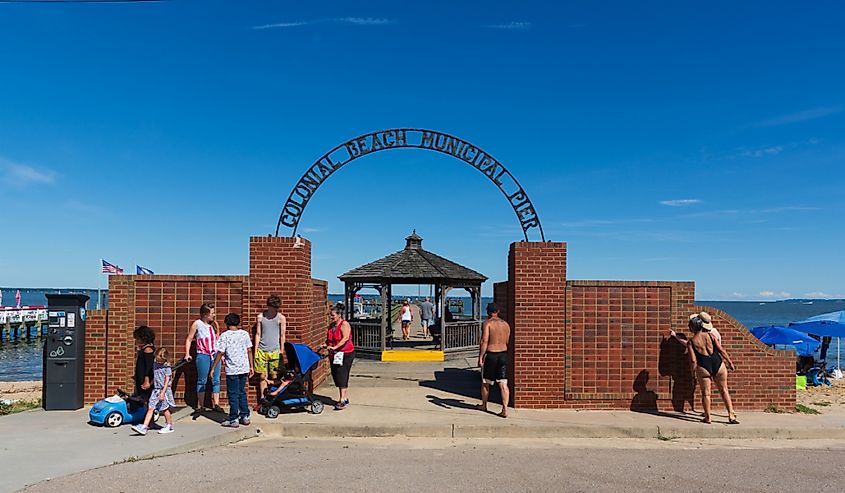
Like so much of Virginia, Colonial Beach is deep with history. Bounded by the Potomac River, Monroe Bay, and Monroe Creek, the town is situated near the state capital, Richmond, Washington, D.C., and the Chesapeake Bay. For retirees, this town of 4,038 is affordable, with houses averaging $340,000. First settled by Europeans in 1651, the city of Colonial Beach was established in 1892 and was a popular resort in the 19th and early 20th centuries, earning it the nickname "Playground on the Potomac." The birthplace of US President James Monroe, George Washington was also born in what is now Colonial Beach, and the town features the George Washington Birthplace National Monument. Alexander Graham Bell also maintained a summer home in Colonial Beach, and the Bell House stands today.
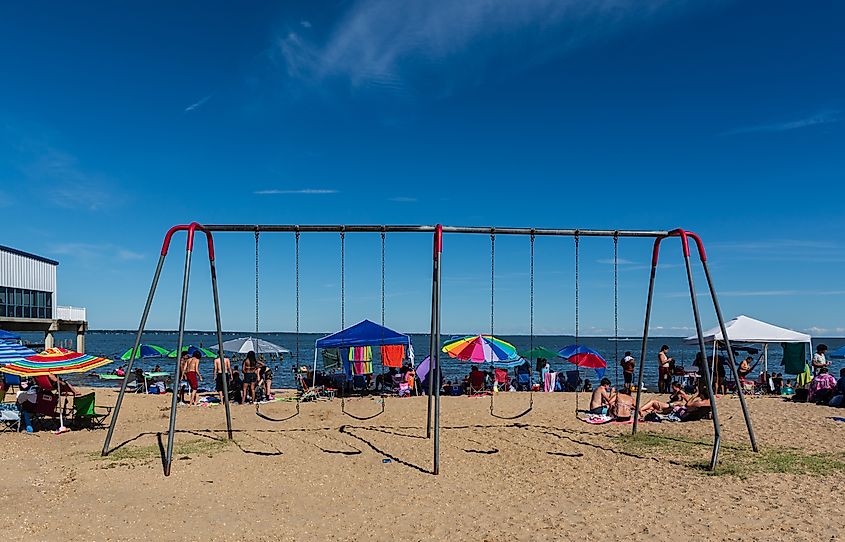
Located on a peninsula near the Atlantic coast, Colonial Beach’s position on the Potomac River offers plenty of outdoor water-based pursuits. Colonial Beach is designated as a bird sanctuary, and its diverse habitats are home to a large variety of birds. In town, there’s plenty of shopping, restaurants, and bars, many featuring fresh seafood. CB Brewing is a brew pub featuring Greek and Mediterranean cuisine, and Dockside is a seafood restaurant and Tiki bar located on the river. The Colonial Beach Municipal Pier is home to many bars and casual restaurants.
Onancock
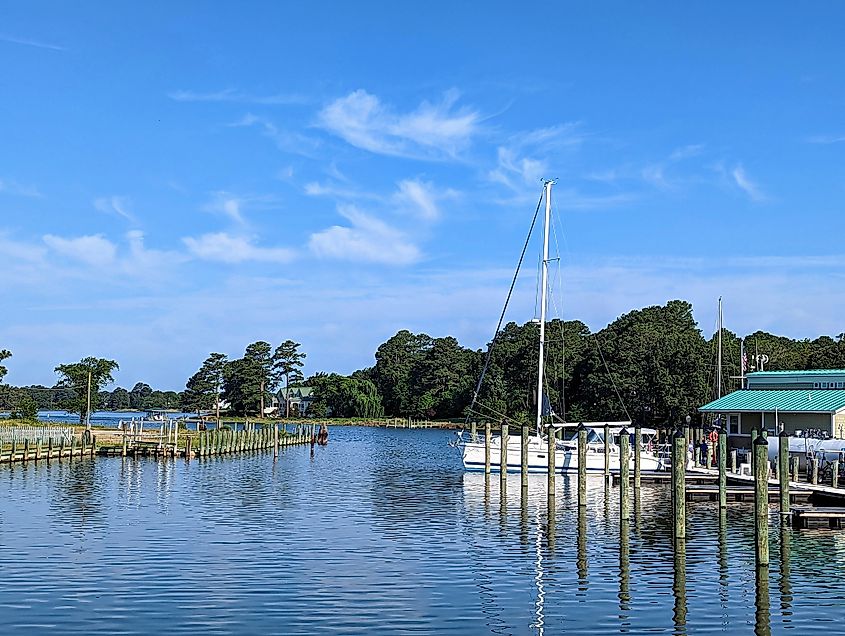
With a population of just 1,263, Onancock is nevertheless a lively and active place to relocate. Located on the Atlantic coast, Capt. John Smith once called Onancock "the Gem of the Eastern Shore" as far back as the 1600s. With all the trappings of small-town life, Onancock also boasts a live theater scene, a film festival, and is an artists’ community that supports artists and artisans in various media. Onancock is also very affordable, with housing prices averaging $348,000. Onancock was founded in 1680 and was prominently featured in the American Revolution, including the Battle of the Chesapeake Bay, the last naval battle of the Revolutionary War. The town features several sites listed on the National Register of Historic Places, including the Onancock Historic District and Cokesbury Church. The Historic District comprises 225 acres of port land, featuring buildings in various architectural styles, including Late Victorian, Greek Revival, and Federal. Ker Place, a stunning example of Federal architecture, was built between 1799 and 1803 and is both a National and a Virginia-designated Historical Landmark. Today, Ker Place houses the Eastern Shore of Virginia Historical Society.
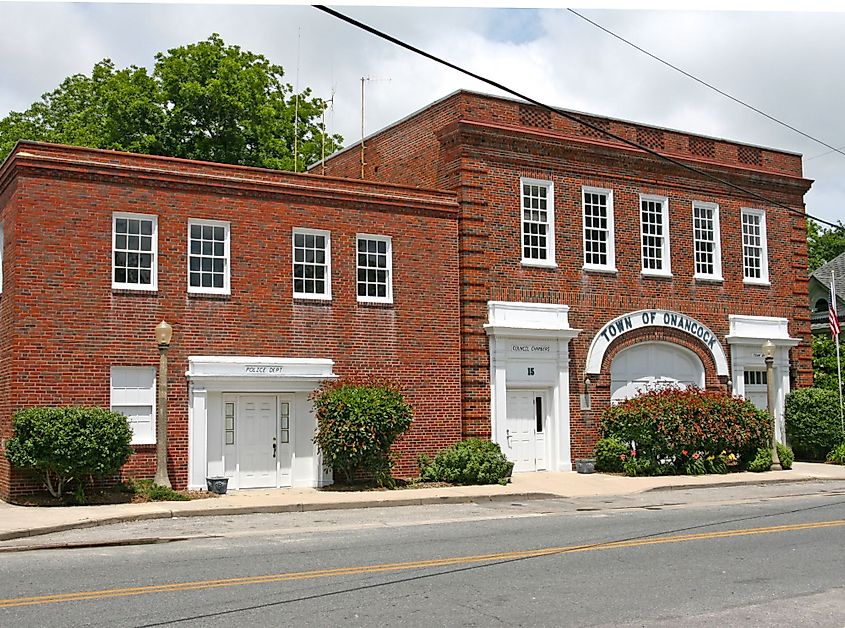
For outdoor pursuits, there is a ferry service to Tangier Island, and Onancock’s deep water port features twelve floating docks, and the area is renowned for birdwatching. Ecotourism is a thriving industry in the area, offering kayaking tours through the marshes, creeks, and barrier islands surrounding Onancock. There are also specialty excursions, such as the Winery and Clam Aquaculture Kayak Tours. In town and along the waterfront, seafood restaurants are plentiful, including Mallards at the Wharf and The Blarney Stone Pub.
Farmville
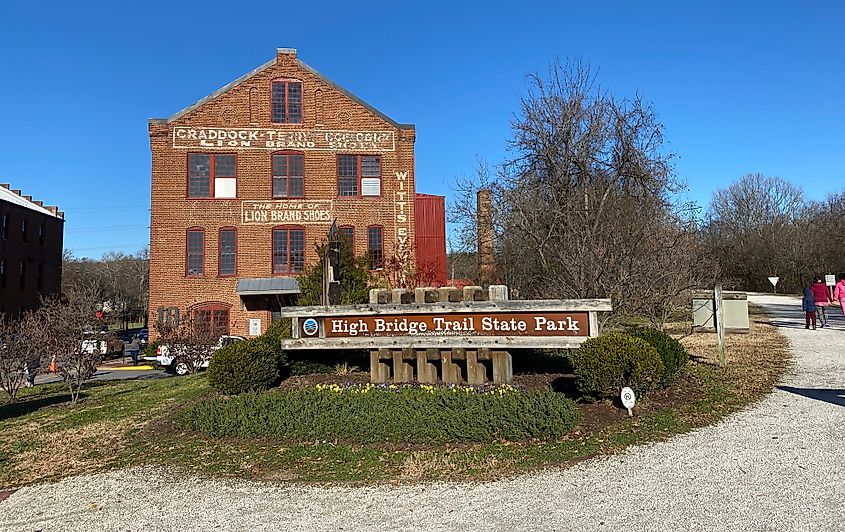
Located on the Appomattox River in central Virginia, Farmville’s primary economic source for over 100 years was tobacco. With the railroad reaching town in the 19th century, the town expanded from its predominantly farmland roots to the city it is today. The railroad operated until the early 2000s and was later developed into the High Bridge Trail State Park, a 30-mile rail trail. The town is home to Longwood University, and the academic presence complements the small-town atmosphere. Farmville is highly rated for safety and affordability, with average housing prices of around $215,000, making it an ideal choice for retirees on a budget.
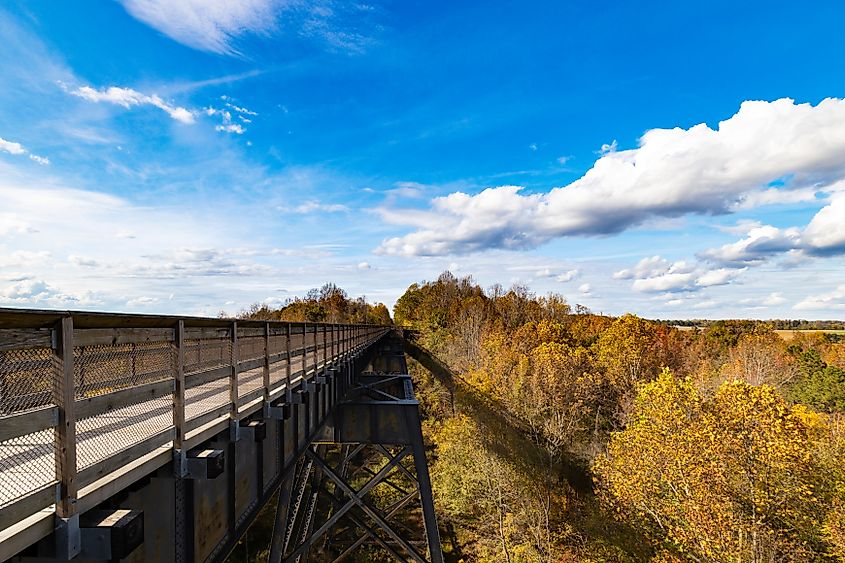
The annual Heart of Virginia Festival takes place in September, having moved from May to coincide with Longwood University's Family Weekend. Downtown Farmville reflects its tobacco-growing past. The commercial core is anchored by Green Front Furniture, which occupies renovated tobacco warehouses. Along with numerous boutiques, antique shops, bars, cafes, and restaurants, downtown features the Farmville Farmers Market, which takes place every Saturday from April to October. For outdoor activities with a touch of history, Sailor’s Creek Battlefield Historical State Park is the site of a Civil War battle. There are various programs presented by historical interpreters, seven hiking trails with interpretive signs related to events of the fight, and the Overton-Hillsman House, which served as a hospital during and after the battle.
For the retiree seeking small-town life, four seasons in a mild climate, outdoor activities, and a safe, affordable state with a high standard of living, Virginia is a perfect choice. Virginia is very tax-friendly for retirees, offering no tax on Social Security benefits and tax exemptions for military retirees. With its proximity to the federal government economy of Washington, DC, Virginia’s own economy remains stable, and the cost of living is well-suited for retirees on a fixed budget.

